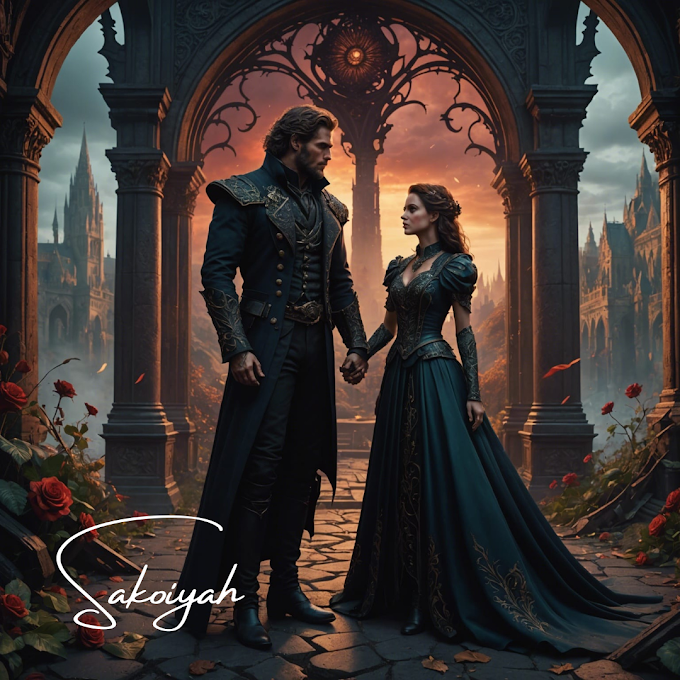The 7-point story structure helps plan and organize your narrative. It provides a roadmap for creating a well-paced, engaging story that captures your audience's attention. Here's a guide to planning your narrative using the 7-point story structure:
1. Hook/Opening Situation
The opening of your story should immediately grab your
audience's attention and introduce the main character and their current
situation. Set the tone and establish the initial conflict or problem that your
protagonist is facing. This is your opportunity to pique the reader's curiosity
and make them want to know more.
- What is the initial situation of the main character?
- How can I make this opening intriguing and attention-grabbing?
- What is the tone I want to establish right from the start?
- How can I quickly introduce the world and the main character's role in it?
2. Inciting Incident
The inciting incident is a pivotal moment that disrupts the
protagonist's ordinary life and sets the main plot in motion. The event forces
your main character to act and start their journey. This incident could be a
challenge, a call to adventure, or a sudden turn of events that propel the
story forward.
- What event will disrupt the protagonist's normal life and set the story in motion?
- How does the inciting incident relate to the main conflict?
- How will the protagonist initially react to this incident?
- What are the stakes of this incident for the main character?
3. Rising Action
During this phase, the protagonist faces a series of
obstacles, conflicts, and challenges that escalate the tension in the story.
Each obstacle should be more difficult than the last, pushing the protagonist
to their limits and forcing them to evolve. This is where character development
and relationships with other characters can be explored in-depth.
- What series of challenges and obstacles will the protagonist face?
- How will each challenge be progressively more difficult than the last?
- What are the internal and external conflicts the protagonist must confront?
- How can I showcase the protagonist's growth and evolution as they navigate these challenges?
4. Midpoint
The midpoint is a critical turning point in the story. It
often involves a revelation, a twist, or a change in direction that transforms
the protagonist's understanding of the situation. This can also be a moment of
self-discovery or a major setback that complicates the protagonist's journey.
- What unexpected twist, revelation, or change can occur to shift the story's direction?
- How does this midpoint alter the protagonist's goals or understanding of the situation?
- How does this twist impact the overall tension and conflict of the story?
- Can this revelation deepen the character's internal struggle or motivation?
5. Crisis/Climax
The climax is the peak of the story's tension and conflict.
It's where the protagonist confronts the main obstacle or antagonist, and their
actions and decisions culminate in a decisive moment. This is where the central
conflict is resolved, one way or another, leading to a significant change in
the protagonist's situation.
- What is the most intense and crucial confrontation in the story?
- How does the protagonist's development and choices lead to this moment?
- How can I make this confrontation emotionally impactful and resonate with readers?
- What outcomes are possible, and how will they affect the protagonist's journey?
6. Falling Action
After the climax, the story starts to wind down. The falling
action shows the aftermath of the climax and how the characters deal with the
consequences of their actions. Loose ends are tied up, and any remaining
subplots are resolved. This phase provides closure to the story and offers
insight into the characters' growth and transformation.
- How will the characters deal with the aftermath of the climax?
- Are there any subplots or character arcs that need resolution?
- How can I demonstrate the lasting effects of the climax on the characters' lives?
- Can I use this phase to provide closure for certain story elements?
7. Resolution
The resolution wraps up the story by capturing the characters' lives after resolving the central conflict. This is
where you address any lingering questions and tie up any remaining loose ends.
The conclusion can also leave room for a sense of hope, reflection, or
anticipation for what might come next.
- What is the final state of the characters' lives after the main conflict is resolved?
- How can I give readers a satisfying sense of closure while leaving room for reflection?
- Have all the major questions and conflicts been addressed?
- Can I end the story with a sense of hope, transformation, or a new beginning?
Conclusion
Following the 7-point story structure, you can create a well-structured narrative that keeps readers engaged and invested in the protagonist's journey. Remember that while this structure provides a solid foundation, storytelling is a creative process, so feel free to adapt and modify it to suit your specific story and style.




.png)

.png)




0 Comments